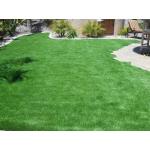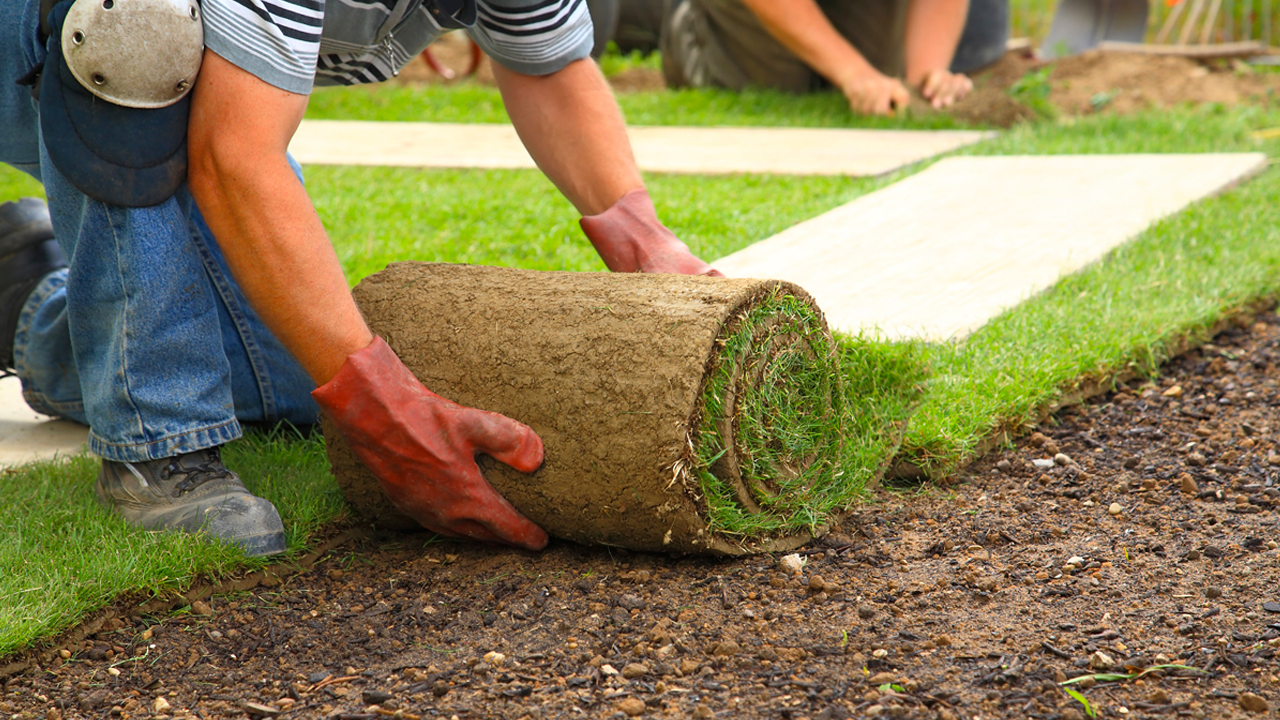Synthetic / Artificial Turf Installation
Since the early 1990s, the use of synthetic grass has been driven primarily by two functions: the quality and variety of synthetic grasses that are available has improved dramatically, and cities and water conservation organizations have begun realizing the value of artificial grass as a conservation measure. It also requires less maintenance and care.
- Reduce water usage by replacing regular lawn with artificial turf.
- Artificial turf can be a better solution when the environment is particularly hostile to natural grass. An arid environment or one where there is little natural light are examples.
- Artificial turf can withstand significantly more use than natural grass and can therefore be used much more frequently.
- It is also a solution for homeowners who find the upkeep of lawns too much work.
- Great for dogs. Natural grass will yellow due to urine burns. Synthetic grass will stay nice and green.
- Suitable for roof gardens and swimming pool surrounds.
- When properly installed has excellent drainage characteristics.
Installation Steps:
- Remove the existing sod/vegetation
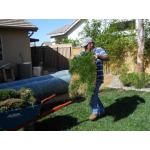
- Install concrete border.
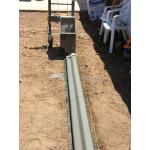
- Cap off the existing sprinkler system
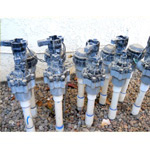
- Remove soil to about 3-4 inches.
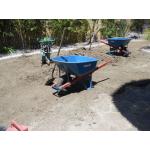
- Install base materials type depends on application i.e. dog area, play area for children
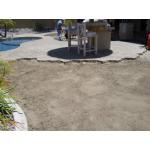
- Compact the soil
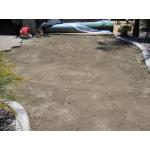
- Install heavy base cloth
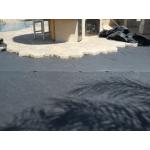
- Install larger gravel and compact
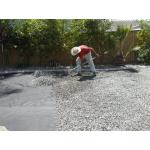
- Install smaller gravel and compact
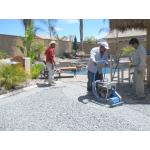
- Apply a weed guard – Dupont 15 yr life.
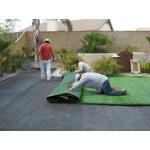
- Install synthetic grass using 6 inch and 10 inch nails.
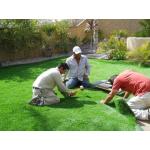
- Cinch up the perimeter.
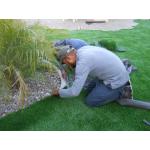
- Power brush the synthetic grass.
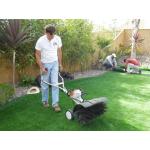
- Apply the in-fill and rake in.
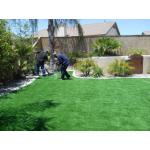
- Clean up.
